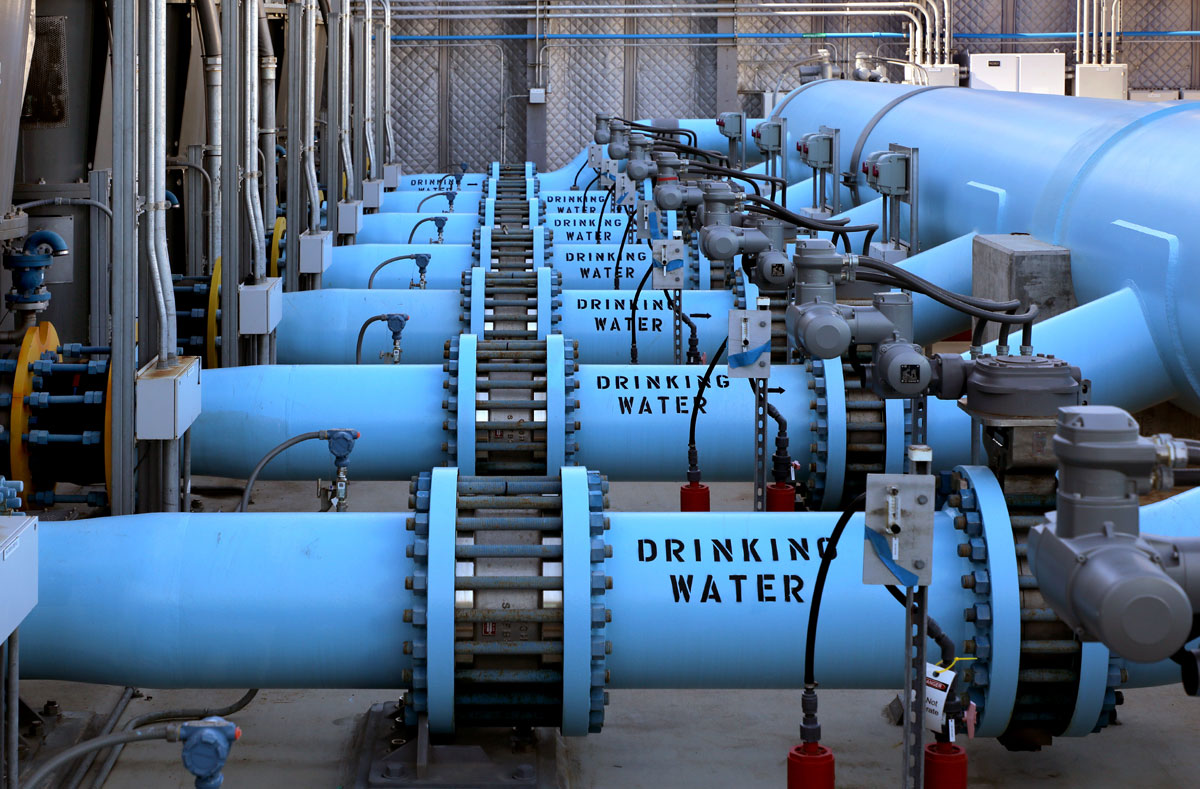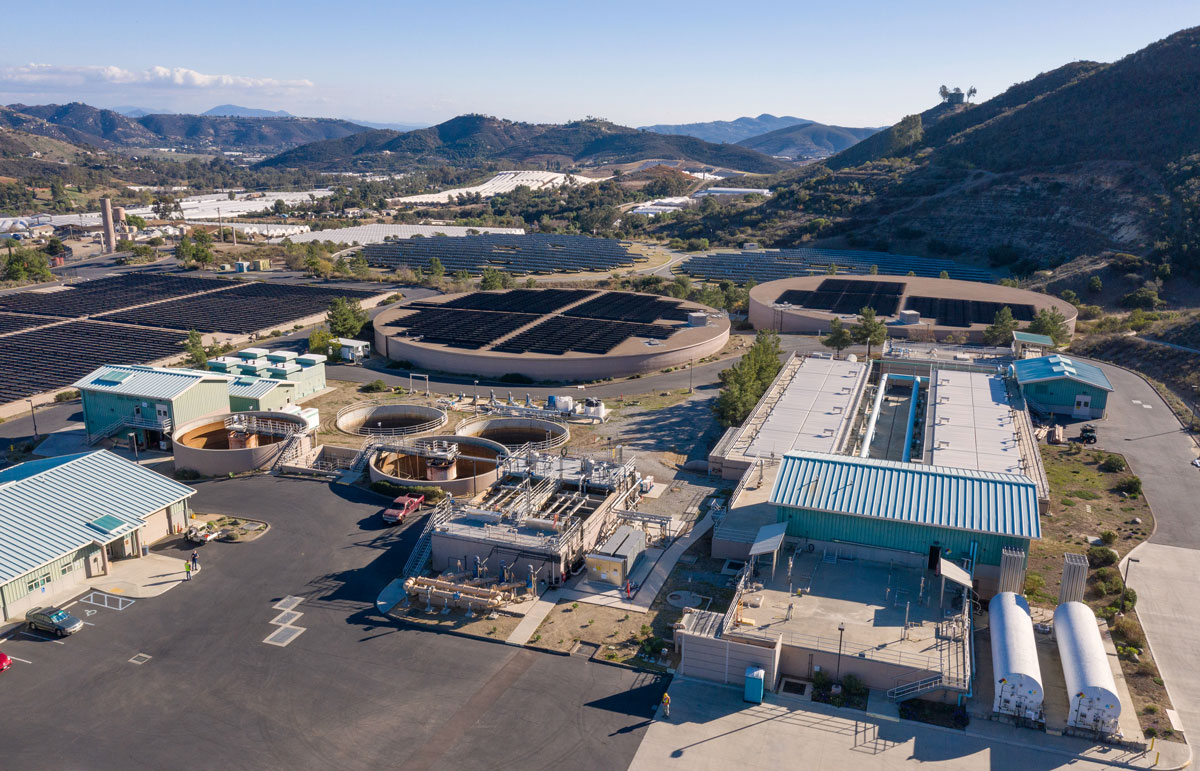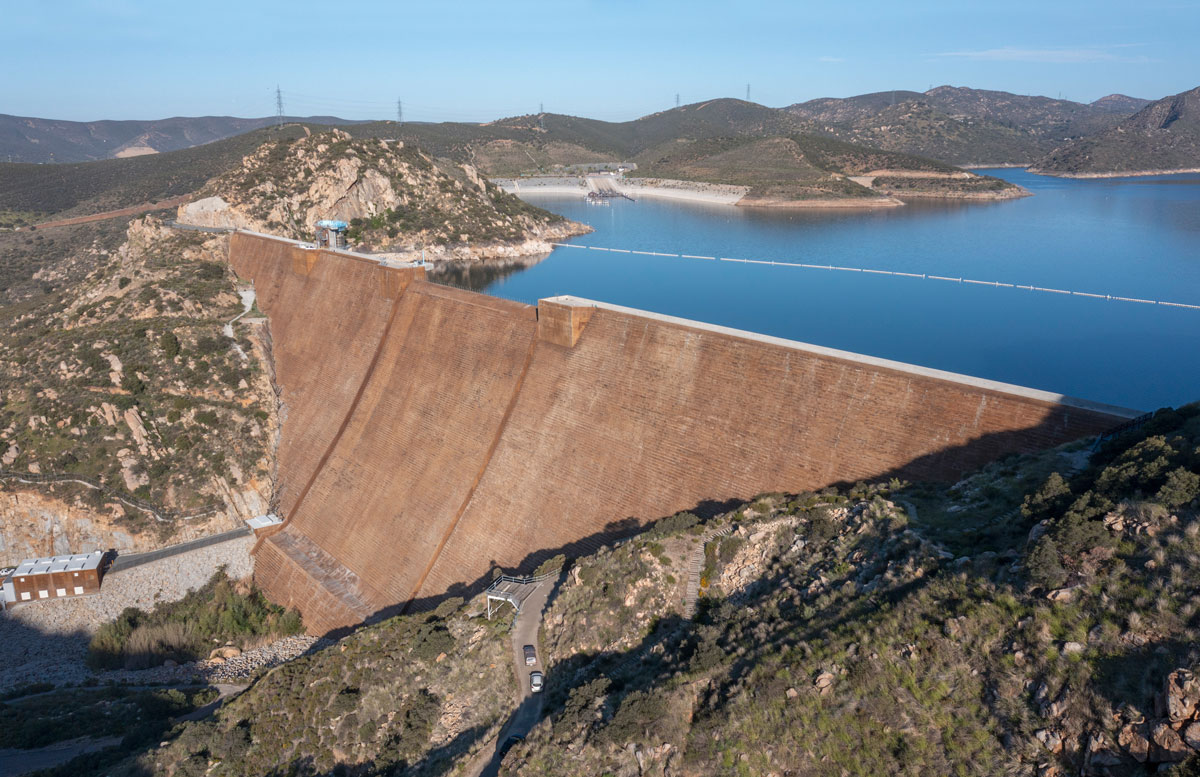REGION — Despite continued hot and dry conditions in California, the San Diego region is protected from drought impacts this summer and through 2045, the San Diego County Water Authority announced today.
According to a statement released by the Water Authority, “no shortages or regional water-use mandates are in the forecast, the result of three decades of strategic investments that create an aquatic safety net for San Diego County’s $253 billion economy and quality of life for 3.3 million residents.”
Gary Croucher, Water Authority Board chairman, thanked San Diegans for their efforts to “make sure that we have enough water to meet the region’s needs now and for decades into the future.”
“You have invested through your water bills and your water-smart practices, and those efforts are paying off in tangible ways,” Croucher said. “The key this summer is to stay water-smart.”

Croucher is asking residents to continue water-use efficiency practices, including turning off the faucet while brushing teeth, fixing irrigation system leaks and using hoses with automatic shut-off nozzles.
County ratepayers have conserved more than 1 million acre-feet of water over the past three decades, and per-capita water use across the region has decreased nearly 50% since the early 1990s, according to the Water Authority.
Nearly 30 years ago, drought impacted the county for 13 straight months, with 31% supply cutbacks from the Water Authority’s wholesale provider, the Los Angeles-based Metropolitan Water District.
Since that time, San Diego County’s water supply has been diversified, with a locally controlled supply from the Carlsbad desalination plant, and a conservation-and-transfer agreement that provides water from the Colorado River. According to the Water Authority, those two resources offer protection against droughts and other emergencies by ensuring sufficient water supplies through 2045, even during successive dry years.
Another strategy includes local projects such as the city of San Diego’s Pure Water San Diego, which is projected to start producing 30 million gallons per day of drinking water in the next few years.
According to the city, Pure Water by 2035 will provide nearly half of the city’s supply using technology to clean recycled water and produce safe, high-quality drinking water.

“Pure Water is an investment that will create a more sustainable future for all of us,” said San Diego Mayor Todd Gloria. “Our changing climate is challenging us to develop new, creative solutions.”
Agriculture, business and science leaders also thanked residents for their conservation efforts, another sign of three decades of progress.
“There’s no way around it: Our region’s economy runs on water — brewing, tourism, biotech, defense, farming and so many other key pieces of our economic engine require safe, reliable water supplies to function,” said Jerry Sanders, president and CEO of the San Diego Regional Chamber of Commerce.
Sanders added that he and others look to the Water Authority and its two dozen member agencies to provide resources that keep the county strong, “not just for today, but for the long-haul.”
County farmers “have done their part by investing heavily in water efficiency so that they can produce an amazing cornucopia of products,” said Hannah Gbeh, executive director of the San Diego County Farm Bureau. “Our members make the most of every drop through high-efficiency irrigation systems and other strategies.”
Joe Panetta, president and CEO of Biocom California, said that water supply reliability and diversification “has given the life science industry a firm foundation and the confidence to grow and thrive.”
“Biocom California was founded on the issue of access to water — our members depend on reliable, constant access for sensitive research and manufacturing processes,” Panetta added.
Margaret Leinen, vice chancellor for marine sciences at UC San Diego, said efforts by the Water Authority and city of San Diego “continue to produce practical, real-world benefits for water managers statewide.”
“With continued research, we can utilize the latest science to develop strategies for mitigating flood risk and increasing water resilience through improved reservoir management,” said Leinen, who is also director of the Scripps Institution of Oceanography. “This will aim to decrease the impact of dry years by improving forecasts that lead to capturing more water produced by atmospheric rivers.”







